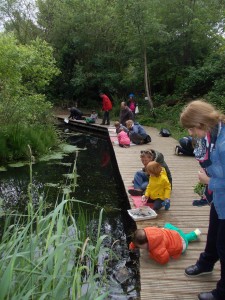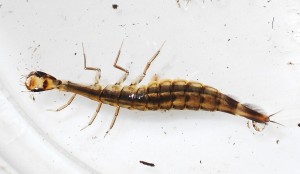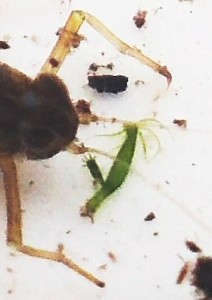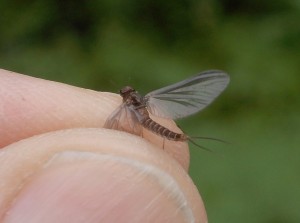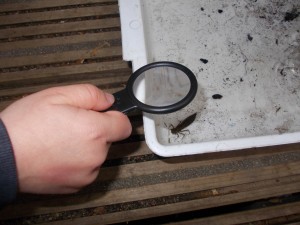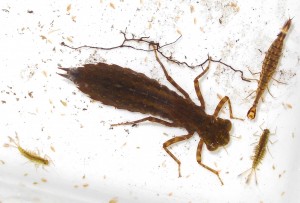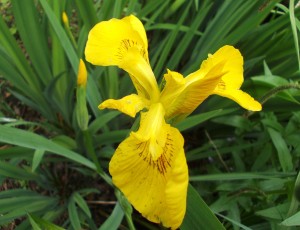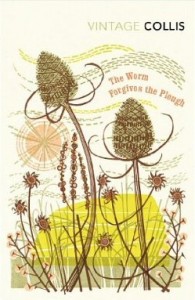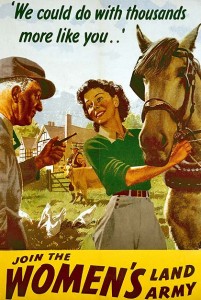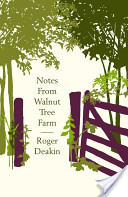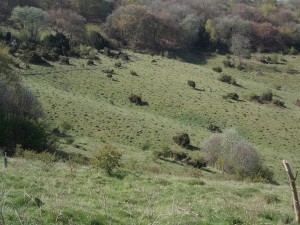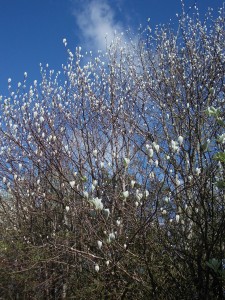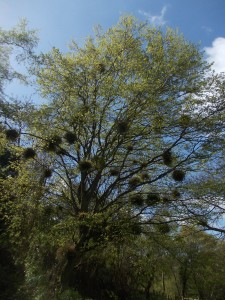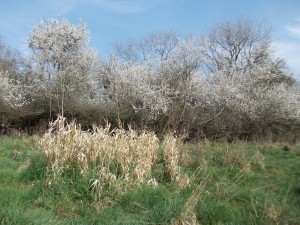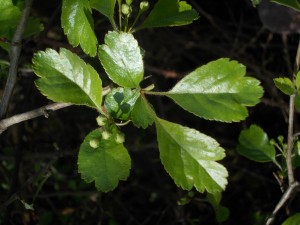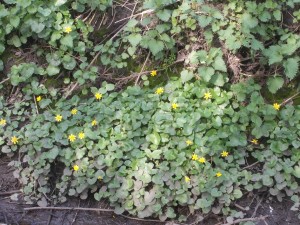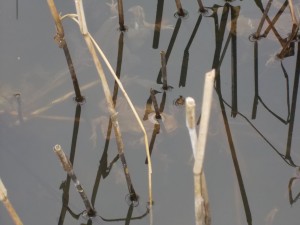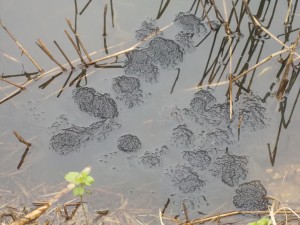NASA has just announced the findings of a study of the enormous glaciers of West Antarctica. The immense ice sheet slopes down, basically smoothly, into the sea, drained by the Pine Island, Thwaites, Smith, Haynes, Pope and Kohler Glaciers. Pine Island Glacier alone stretches over an area of 160,000 square kilometres. All of them are thinning quickly, by up to a metre a year, and moving fast. Their bed is rather smooth: there is nothing to stop them continuing to thin until they collapse. When they do, the sea level all round the world will rise by 1.2 metres — four feet: enough to overwhelm many existing coastal cities. Worse, there are other glaciers which may do the same, adding more metres of sea level rise. The scientists state unequivocally that this is now irreversible, past the point of no return, a runaway process. There’s no diplomatic hedging and statistical mumbling: the analysis of forty years of data is about as conclusive as science can get. The line where the Pine Island Glacier meets the sea and starts to float has retreated, not a little bit here and there but tens of kilometres, as the sea melts the front of the ice, and the rest of it thins and accelerates. It’s certainly going to collapse, probably in the next few centuries.
This blog is intended to celebrate nature, to delight in its beauty and endless variety: the Web equivalent of going for a fine airy walk in the hills, a stroll by the river with binoculars and notebook, an hour in a flowery meadow stalking butterflies with a macro lens. Fun, flowers and fabulous insects, in a word.
But while celebrating nature, it is impossible not to notice that something is going terribly wrong in this Garden of Eden. Forests are being cut down. Whole populations of fish are being scooped from the sea: one of the greatest of all of them, the Atlantic Cod of the Newfoundland Grand Banks, has completely collapsed and despite years of waiting with fishing abandoned, has not begun to recover. Maybe it never will. Meanwhile, the world is unquestionably warming, on the most spectacular scale imaginable. The Sahara and other deserts are growing. On all the world’s mountains (how much evidence can anyone need?), glaciers are retreating, at a speed that nobody could imagine even 30 years ago. The Arctic Ocean is opening up to shipping and mining: how much pollution and destruction will that cause? Even the fabled Northwest Passage may be open to ships, speeding trade —every cloud has a silver lining.
I said it was impossible not to notice all this. Unless you’re in denial, of course. Humans have an extraordinary capacity for denialism, if that’s a word. Men can carry on as their marriages, careers, companies, societies collapse all around them. Dictators, for instance, can bring their countries to utter ruin and bankruptcy, with bombed-out cities, millions of refugees, starving women and children, the lives of whole populations blighted, entire economies destroyed, beautiful centuries-old monuments sacred and secular smashed to dust. It all counts for nothing as long as the big man is safe in the bunker below the presidential palace, ignorant of everything, his henchmen loyal, his money hidden away.
Many plain facts about nature are denied in the face of overwhelming evidence. Rising CO2 in the atmosphere. Global warming. Climate change. Overfishing. Sea level rise. Ocean acidification. Loss of rainforests. Extinction. These things are all connected? You don’t say.
The lights in the control room are all flashing red. The klaxon is sounding. Alarms are queued on the console screens. The operators sit back quietly, chatting amongst themselves, sip drinks, flip through magazines, laugh, occasionally silence an alarm, talk about promotion opportunities, make lewd remarks about the pretty girl in Catering. They couldn’t care less. The lights always flash. It’s nice when you can turn the klaxon off. Stupid programmers. Inspectors, always complaining. Everything’s fine. Outside, fuel is spilling from a storage tank. The site’s fire service has been stood down. There’s only one fire tender, and it’s old. It will only take a spark now, it’s only a matter of time.

